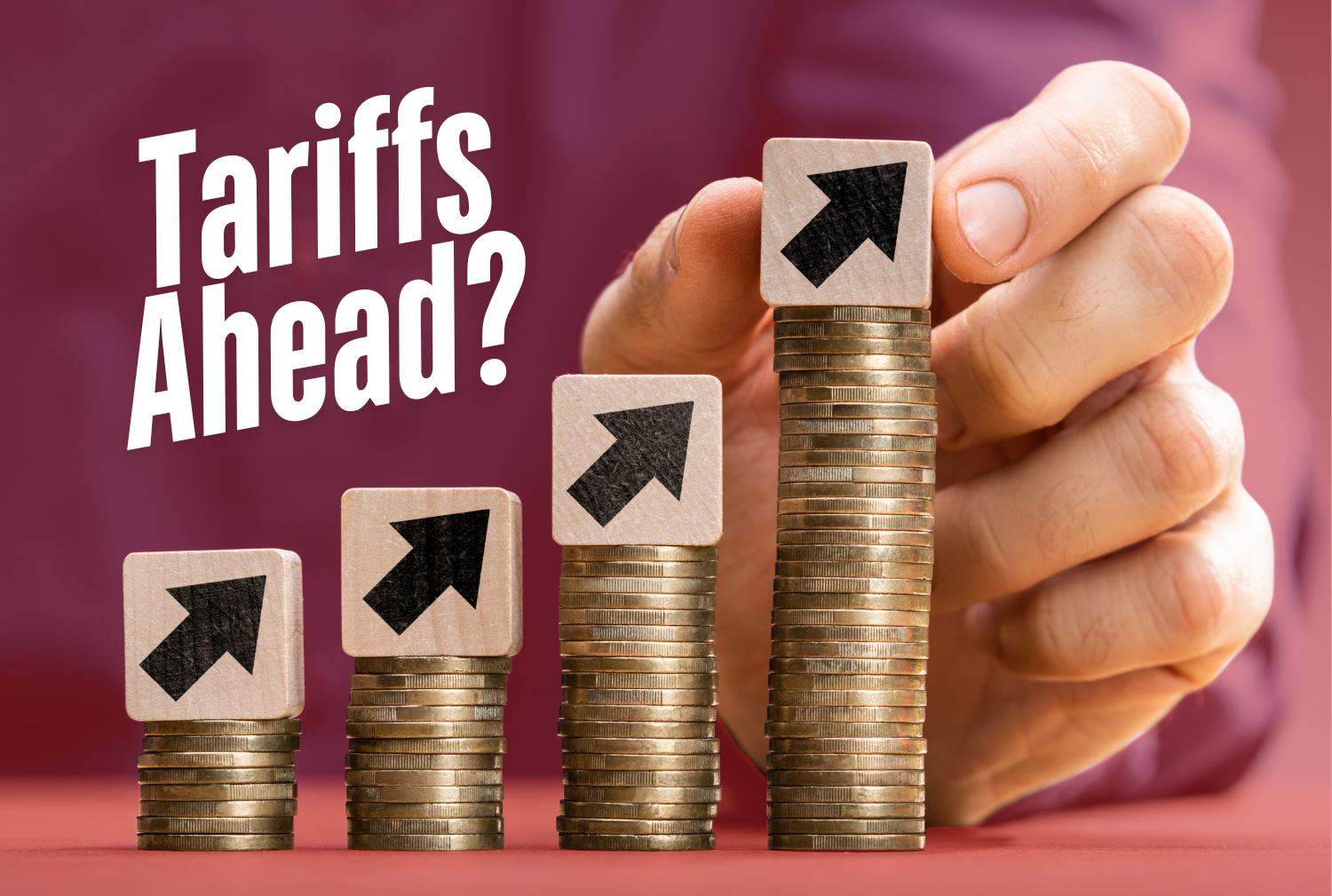With new tariffs already in place on steel and aluminum and potentially more tariffs to come, the impacts to near-term capital budgets are going to be felt across North America. I had a call with a client earlier this week where they asked us how we recommend that they deal with the current and future threat of tariffs when doing their multiyear capital planning.
The question took me back to the dark days of COVID when we were facing a shifting landscape of short-term hyperinflation and deflation. Does anyone remember when lumber spiked 400% almost overnight before it dropped back down, went back up again, and then kind of stabilized? Similar things happened to a range of mechanical and electrical equipment as the supply chain crisis worked its way through the system.
At that time, the advice that we gave to our clients was to not adjust their longer-term forecasts based on the inflationary shocks, as they were likely temporary. The last thing you want to do is update your capital renewal forecast every month based on a rollercoaster of a cost cycle. These shocks generally revert to the norm.
I believe that the same approach should be taken with regard to tariffs (at least for now). At present, we don’t know if any additional tariffs are going to be put in place or if there will be retaliatory tariffs to add to the issue. If you think you can accurately predict what is going to happen, you are way smarter than I am.
As such, we are recommending that our clients not make wholesale changes to the costing of building elements that would be impacted by tariffs in their long-range capital plans. However, as you select specific projects that you are actually going to do in the next year or two, we recommend that you increase the budgeted amount for the project or create a contingency for tariff impacts. This way, you have baked in the near-certain increase in costs into the near-term plans without inflating your long-term needs (since the tariffs are likely temporary, but how temporary is anyone’s guess).
I am going to give a few examples where I use actual numbers for demonstration purposes. I am not recommending these specific percentages to address potential tariff impacts.
As an example, let’s say your Facility Condition Assessment (FCA) list of needs shows an HVAC replacement for $250,000. If you decide to actually replace it this year, I would recommend that you budget the work at some value greater than $250,000, say $300,000.
Alternatively, if you go the way of an allowance or contingency, you may look at your entire capital budget and build in a 10% to 15% contingency to cover the potential impact of tariffs. For example, if your total capital budget is $10 million this year, you may want to plan on only $8.5 to $9 million in projects and have a $100K to $150K tariff allowance.
While both approaches make sense, I kind of like the allowance approach a bit better since it isolates the tariffs so you can see the overall impact by tracking the total impacts across a number of projects, as opposed to it being buried within many different specific project costs. Additionally, if the impact of the tariffs is greater or lower than your allowance, you can identify it sooner since the costs would be consolidated within the allowance, giving you the chance to increase or decrease the allowance sooner.
As the landscape changes with regard to tariffs, we may update this advice. However, where we are today in February 2025, we think that this is the best approach.
Stay tuned, everyone —the only certainty is that it is going to be uncertain!




